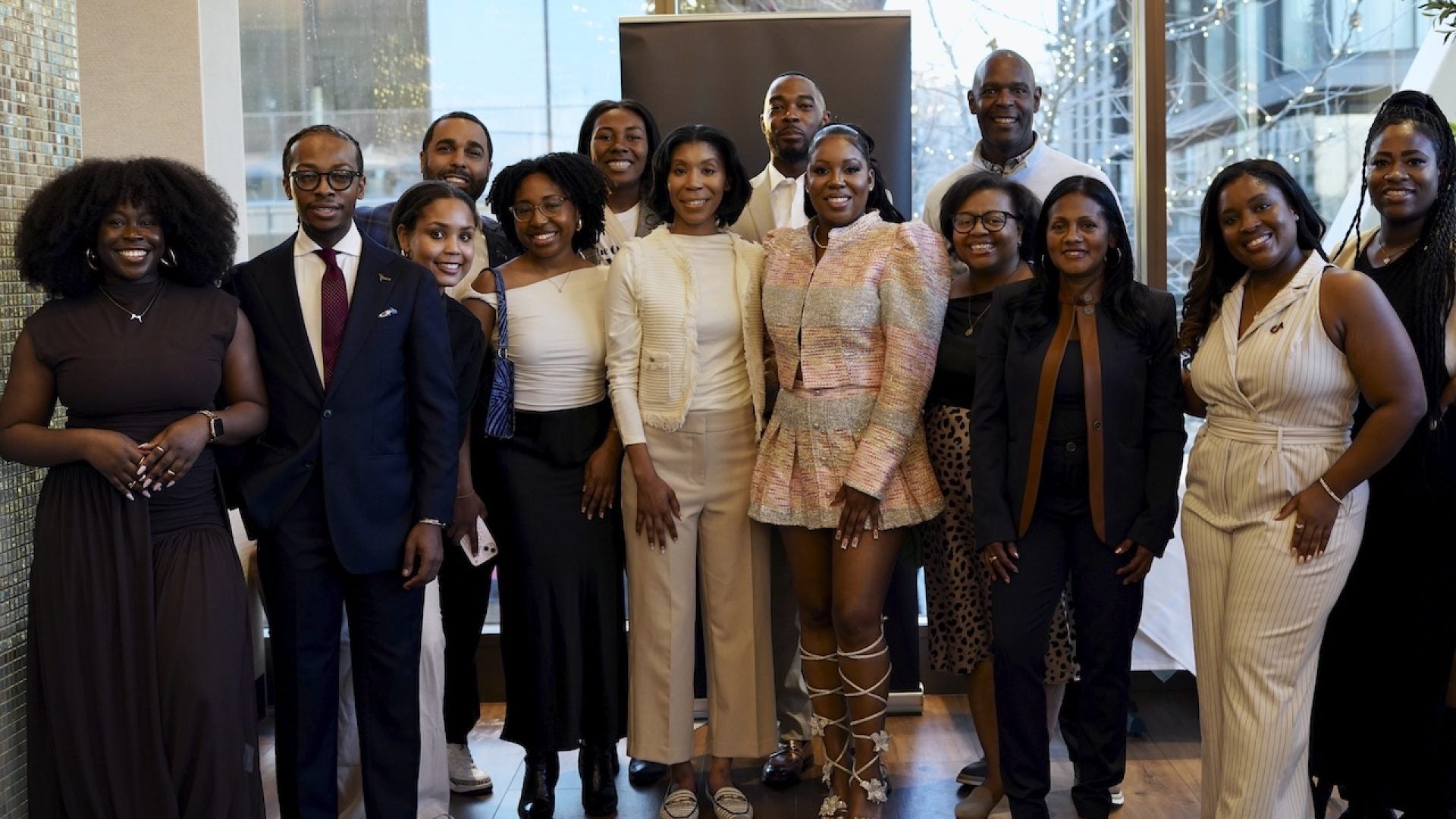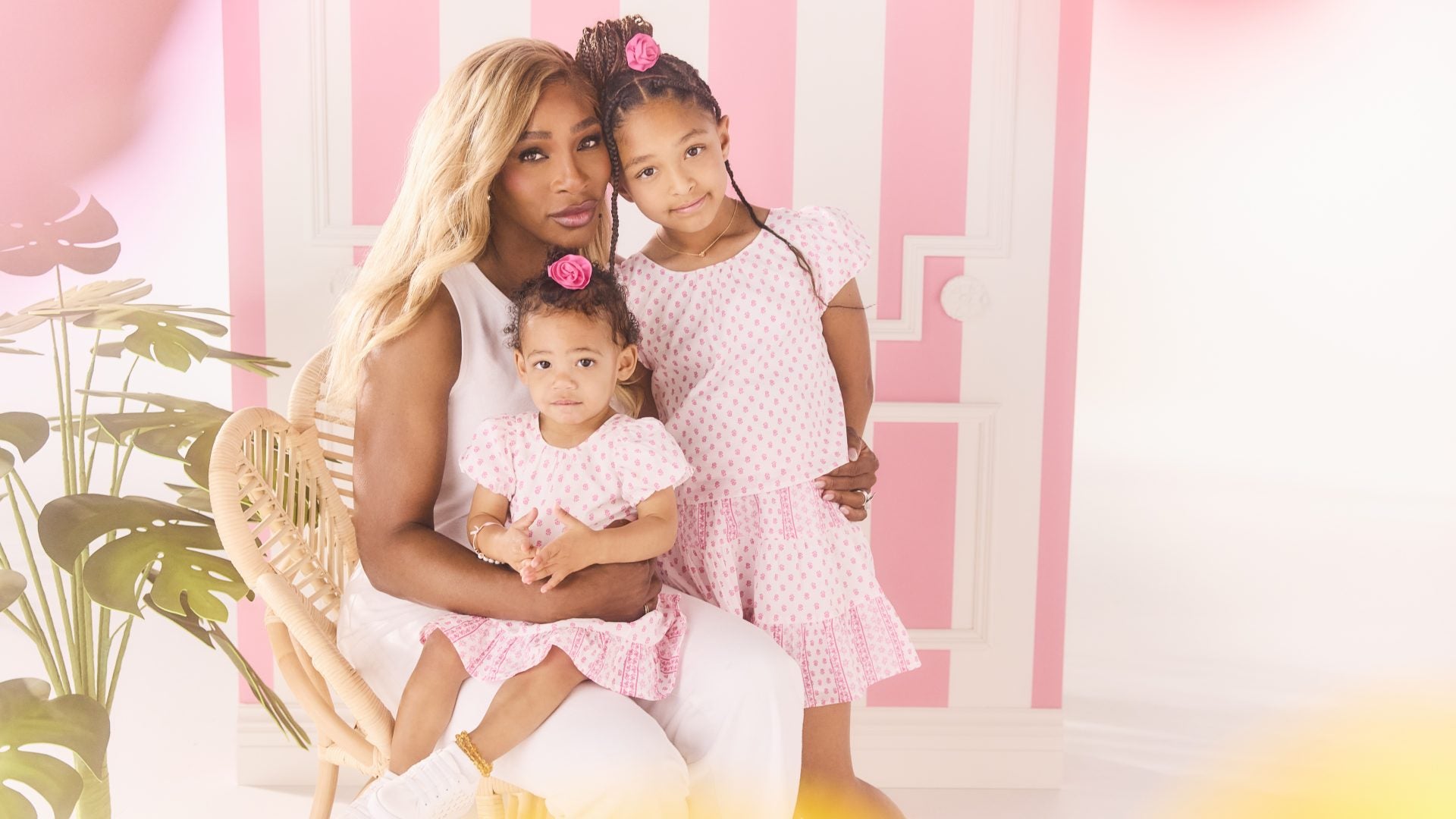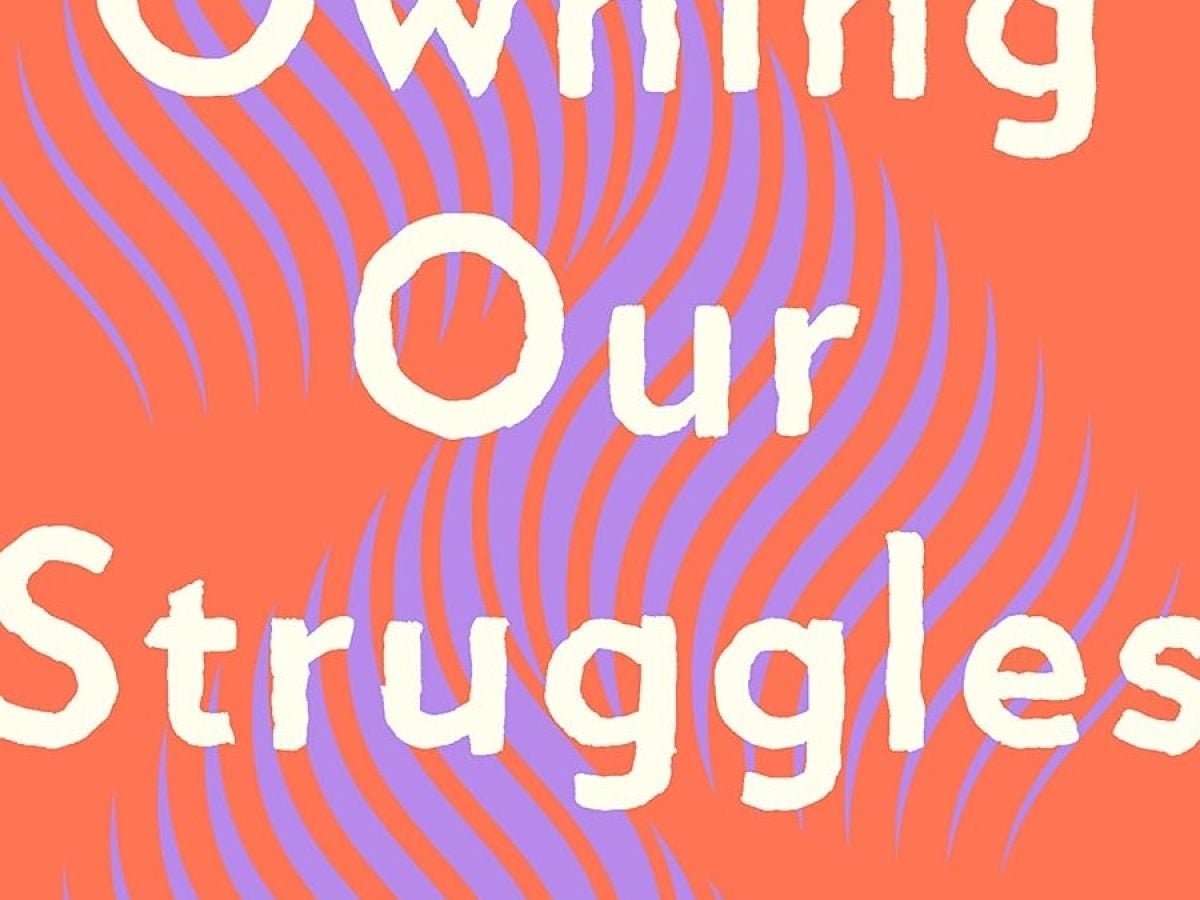
When we experience a traumatic event, we often can feel alone, like no one understands us – which is far from the case. We share more than we think, even if we heal in a silo. As wellness coach and licensed therapist Minaa B. observes, we can’t heal in isolation. She believes the best way to overcome individual trauma is through connection and community—healing ourselves and one another. She calls this technique Community Care. In August 2023, Minaa B released a powerful and practical guide to learning how to heal holistically, with the first step being owning your past and current struggles and taking accountability for your emotions. In her book, Owning Our Struggles: A Path to Healing and Finding Community in a Broken World, Minaa shares therapeutic tools, client stories, and actionable insights to help you on your healing journey, along with reflections from her personal experiences.
Each chapter focuses on a shared emotional struggle—from overcoming dysfunctional family patterns to developing emotional maturity, finding our village, navigating racial trauma, setting essential boundaries for ourselves, and moving past isolation and despair. With her unique mix of candid personal stories, proven practices, and prompts for writing and reflection, she helps readers finally face their struggles, get unstuck, and transform their thinking—to claim agency in their own lives and circumstances and use that power to help heal a broken world, most notably not doing so, alone.
With this book, she permits us to heal with people, as she believes that creating communities of care within our lives is essential to self-fulfillment, intimacy, and a happier life.
ESSENCE: Why did you title the book that way?
Minaa B: I got the idea for this book in the fall of 2020. I always knew I wanted to write something about community care because that is the focus I practice when it comes to being a social worker. And also, in my personal life, community is vital to me. I found, overall, that people were struggling. And I think amid that struggle, I felt that there were a lot of people who needed tools and resources on how to heal, but most importantly, not just self-heal, but heal so that we can learn to integrate into a community,
When discussing owning our struggles, some people hesitate because they don’t want to get stuck there. So, can we hear from you about ways of moving through and identifying those struggles?
My book helps you recognize that you are a human and what you’re experiencing at the moment; because of our environment and our social climate, there are so many things that impact the way we move through this world. So, the book gives people the perspective that they are not powerless; it helps them understand that you harness the tools within. My book allows people to recognize that when we take ownership and do that introspective work of healing, being self-aware, being self-attuned, and being introspective in so many different ways, it allows us to move through those feelings instead of disregarding them. Instead of minimizing them, we can own and embrace that we’re in a stage where the world is hurting.
That awareness also requires some reflection. When reflecting, I’m always trying to figure out, “What’s the root of this?” For many of us, a lot of trauma is naturally sparked from childhood. So, can people go about navigating trauma in their youth without becoming triggered?
That’s an excellent question. I wish that that’s 100% possible, but it goes back to being a human who profoundly feels. There are going to be times when we reflect on our childhood, and we get activated by it because we had severely adverse experiences. I can’t say someone can do this reflective work without being triggered. But it is possible to do this thoughtful work in a way that if you feel triggered, there are tools and resources and different techniques available to help you cope, help you manage, and also teach you to heal at a pace. Sometimes, we hear the word healing, and we feel like there’s a particular destination, and so we have to jog toward it, we have to run toward this thing. I always tell people to think of their healing journey as they build brick by brick.
Another person can also help regulate your nervous system, which is called co-regulation. We need people because there will be times when we’re activated and when we’re triggered because life can be challenging. I want people to know that life can be tricky, and they should lean on others.
But when life does feel hard, I also want people to know that there are resources and tools and people available to them that can help them heal.
That should not be controversial to say, but I think in our kind of individualistic society, it is, especially in our culture, where we have these outdated tropes for Black women (we’re superwomen, hyper-independent). This book is like a sacred text for this specific community because it finally permits us to lean on someone else.
That’s why I needed to write this book, one centered on my experience; as you see, I share a lot of myself in the book, not just my client stories, because one, I think that as a public figure and as a therapist, it creates this illusion that I have my life together. I wanted to set an example for black women to see that despite my accolades, my certificates and degrees, and how hard I’ve worked, I’m still a human who has struggled. And I’m still a human who has needed people. It is generational, you know, and so we’re so used to seeing us as a people collectively taking on other people’s burdens, taking on society’s burdens, being at the forefront of every single tragic social injustice, movement, and then even the movements within our family system.
What are some practices for Black women who are just starting their healing journey and are now starting to feel comfortable leaning on others for support?
I would tell Black women to start thinking about what boundaries they need to erect. Start reflecting on the areas in your life where you feel like there’s always some sacrifice; there’s always self-abandonment, there are always areas where you’re putting yourself last, and ask yourself, Is there room for me to create a limit around this thing?
How can we help foster relationships, interpersonal relationships, and friendships?
Good question. Fostering healthy relationships requires a whole framework. But that framework is community care. People often ask me what community care is. Community care is a framework that we have to engage in. The framework requires us to look inward, recognize our power and privileges, and see how we can reach those who are in and outside of our scope of reach.




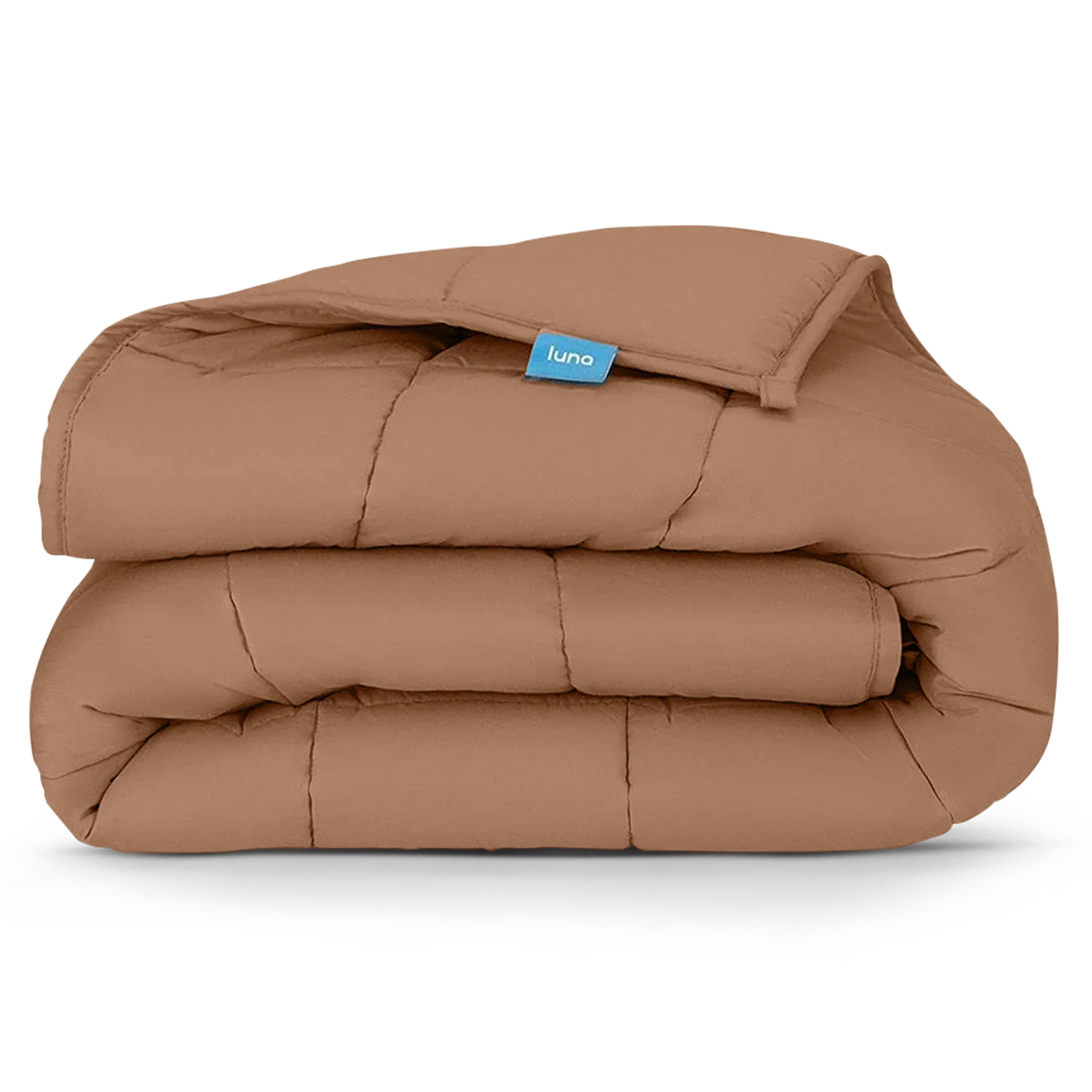
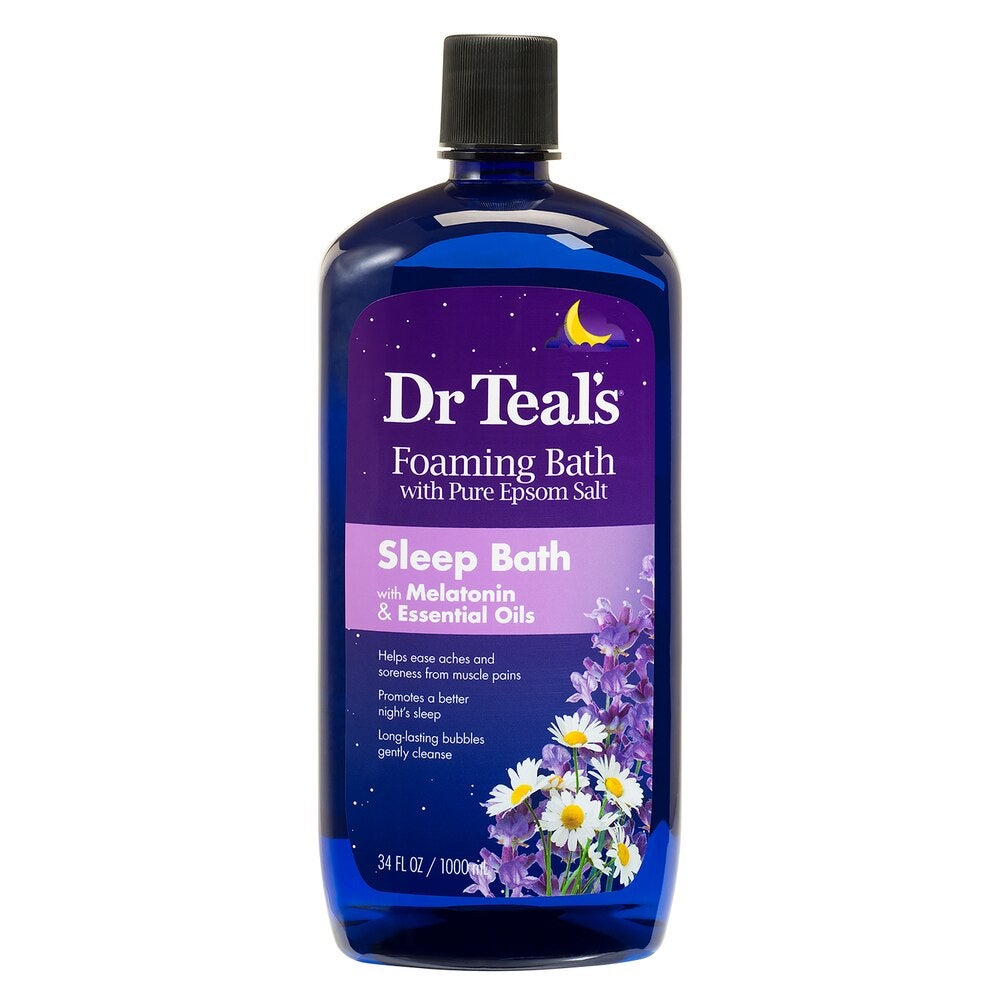
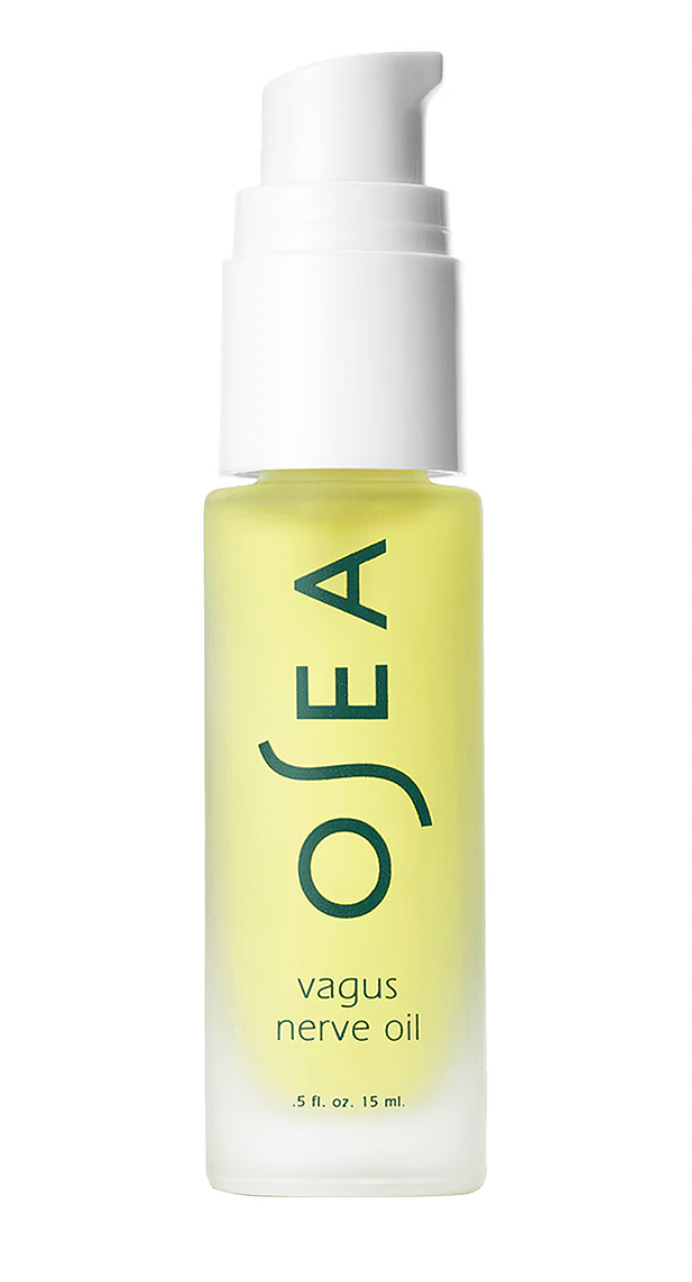
Community care can also mean building our social capital and allowing us to diversify our networks, expand how we see people, and expand the communities we engage in. It requires accountability. It needs us to be introspective enough to recognize that we are people who are capable of both good and bad; no matter how much we try to believe that we are pure, joyful, just people, we still have the potential to harm every human being has the potential to harm. When it comes to this loneliness epidemic, that is a framework that we all have to engage in. Community care also looks like having boundaries but understanding flexibility and compromise in relationships.
What do you want readers to take away from this book?
The power of people. Learning how to center community care as a framework is the number one thing that I wanted people to take away. I feel like one of the issues I have with self-help books is that it’s very “I” focused on teaching people how to heal the hurt, pain, and trauma that they endured. But sometimes, it doesn’t give people the tools to reflect on the damage, pain, and trauma they caused others. And that is a necessary part of community healing. I want people to understand community here as a framework, the idea of I deserve and the belief that others deserve to live in harmony and unity with one another.



